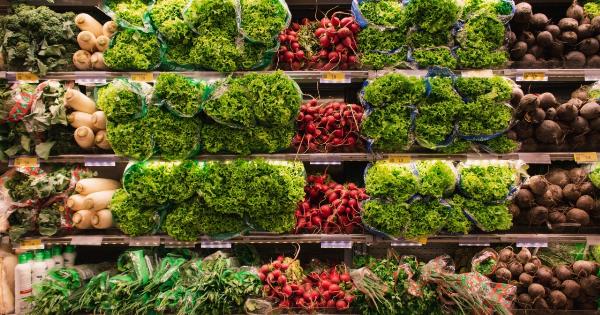When it comes to grocery shopping, there’s more to it than meets the eye. Supermarkets strategically design their layout, marketing techniques, and product placement to influence your buying decisions.
Understanding the science behind smart shopping can help you navigate the aisles more effectively and save money in the process.
1. The Power of Strategic Store Layouts
Have you ever noticed that the essentials like milk, eggs, and bread are often located at the back of the store? This is not a coincidence.
Supermarkets intentionally place these necessities in far corners to increase the chances of you passing by various other products and making additional purchases.
2. The Psychology of Product Placement
Product placement within the supermarket is planned strategically as well. Typically, high-demand or essential items are placed at eye level, while less popular or generic alternatives are placed either above or below.
So, next time you reach for a product, take a moment to explore all options available to you.
3. The Temptation of Impulse Buys
Those last-minute purchases near the checkout counter are no accident either. These items, such as candy bars, gum, and small trinkets, are intentionally placed there to tempt you while you wait in line.
Stay mindful of your shopping list and resist the urge to indulge in unnecessary extras.
4. The Art of Product Packaging
Product packaging plays a significant role in attracting your attention and influencing your purchase decisions. Bright colors, bold fonts, and enticing images are carefully chosen to appeal to your subconscious desires.
Remember to focus on the product itself rather than getting swayed by clever marketing tactics.
5. The Importance of Price Comparison
Comparing prices is a fundamental aspect of smart shopping. Supermarkets often place higher-priced products at eye level or in more accessible locations.
To ensure you’re getting the best deal, take a moment to check the top and bottom shelves, where more affordable alternatives are usually found.
6. The Significance of Sales and Discounts
Supermarkets regularly offer sales and discounts to attract customers. However, not all discounts are created equal. Some deals may seem appealing, but the original price might have been increased beforehand.
Always compare prices before deciding that it’s a great sale, and be cautious of buying items you don’t actually need.
7. The Impact of Aromas and Sampling
Have you ever wondered why the aroma of freshly baked bread often fills the supermarket? This scent comes from strategically placed ovens or diffusers meant to stimulate your appetite.
Additionally, sampling stations are there to tempt you with free tastes, increasing the chances of you purchasing the product. Stay focused on your shopping list and don’t let these sensory tricks sway your decisions.
8. The Magic of Loyalty Programs
Many supermarkets offer loyalty programs that allow you to earn points or receive special discounts. Take advantage of these programs to save money and get rewarded for your loyalty. However, be cautious not to overspend just to accumulate more points.
Stick to your shopping list and only purchase what you actually need.
9. The Role of Social Proof
Supermarkets often use social proof to influence your buying decisions. This can be seen in the form of “best-selling” or “customer favorite” labels on certain products.
While these can be helpful indicators, remember that everyone’s preferences differ. Take the time to read reviews and make an informed decision based on your own preferences and needs.
10. The Benefits of Meal Planning
One way to avoid falling into supermarket traps is through meal planning. Before heading to the store, plan your meals for the week and create a detailed shopping list.
This will help you stay focused, avoid impulse purchases, and ensure you have all the necessary ingredients for your meals.
By understanding the science behind smart shopping in the supermarket, you can make more informed decisions, resist unnecessary temptations, and save money in the long run. Remember to stay focused, compare prices, and stick to your shopping list.
Happy shopping!.





























